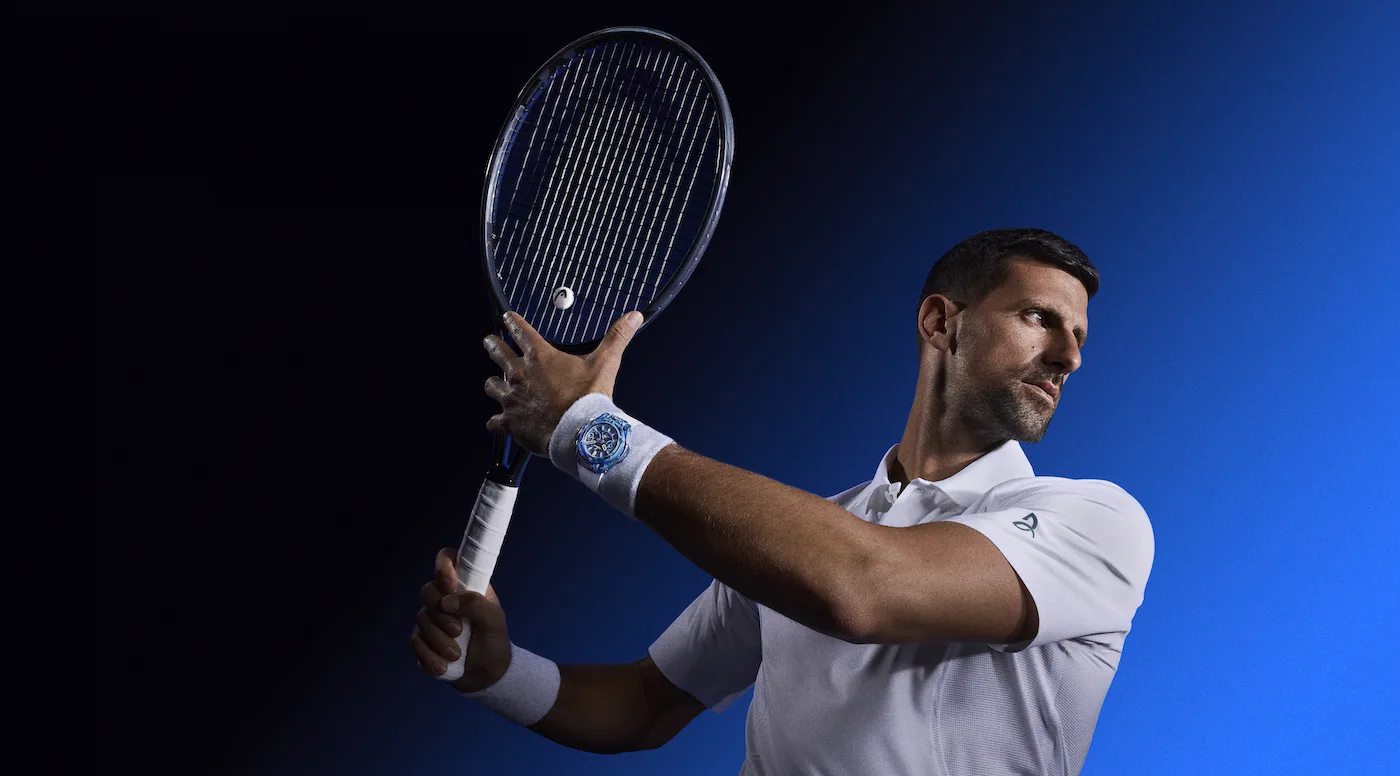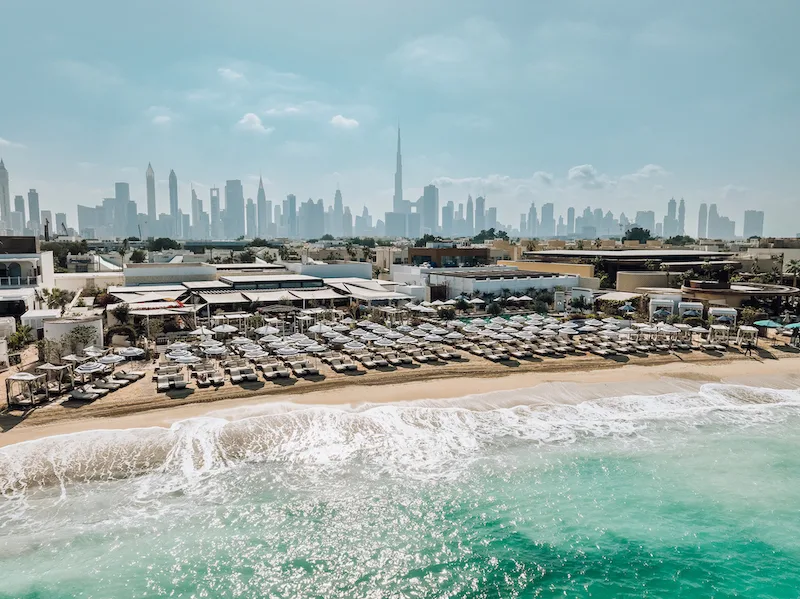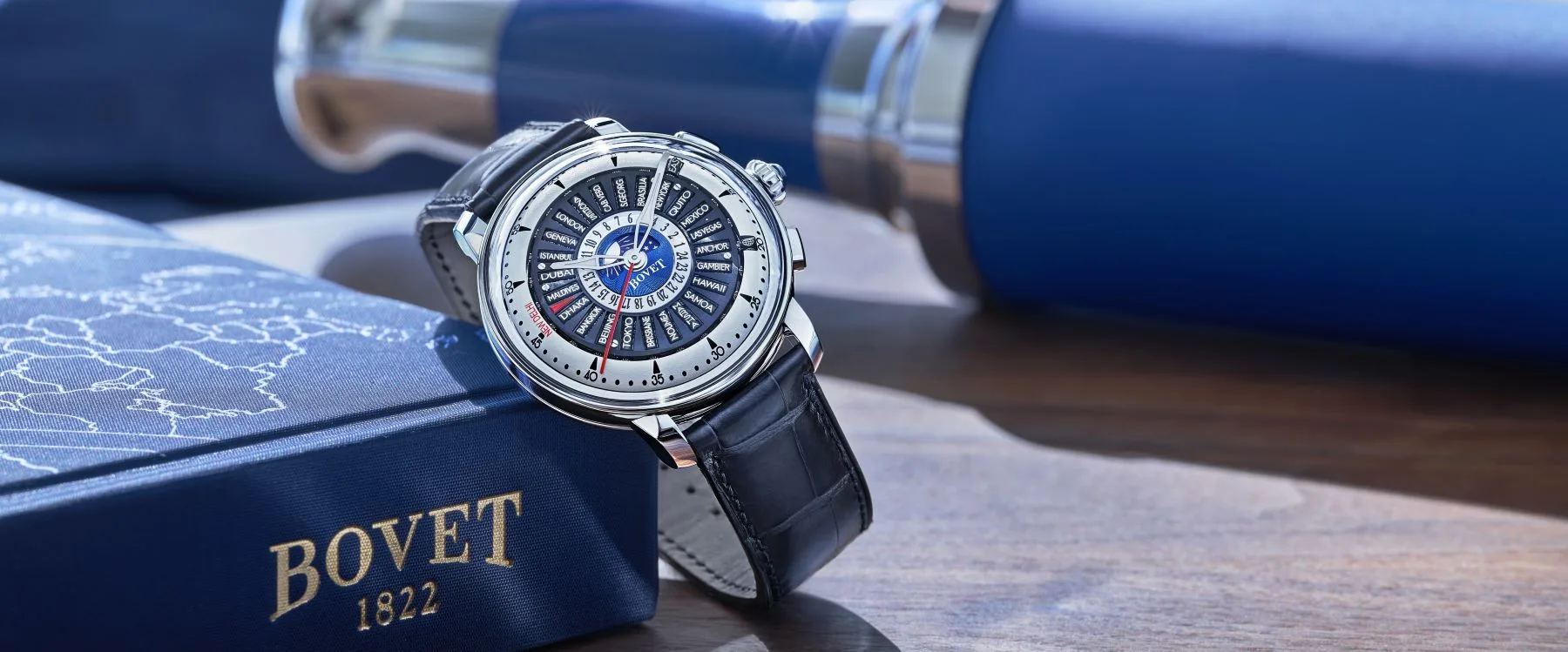There is a sense of history, not just in the way his watches are designed and made, but in the setting and the approach to horology, that has propelled Theo Auffret in a very short time from apprentice to a recognised artisan watchmaker. Last year his “Tourbillon Grand Sport” was shortlisted for the prize at the Grand Prix d‘Horlogerie de Genève (GPHG), and the order list for the “souscription” founder’s watches is now closed. Auffret is still only 27 but, with his atelier established in Paris and exciting new projects planned, the future for this past winner of the F.P. Journe Young Talent Competition looks very bright.
Theo’s interest in horology started by chance. Initially, his career choice was engineering, but “just before the Baccalaureate, I went to see a watch boutique near my hometown and asked if I could see the workshop of the old guy who was there, and he told me that he didn’t want to see me, but I asked again and again”. Persistence paid off though. As his friends went into engineering, Theo stayed at the watchmaker’s bench in Denis Coperchot workshop, starting an apprenticeship, making parts needed for restoring clocks and pocket watches.
After two years he went to watchmaking school at Lycée Edgar Faure and from there he began working alongside master watchmaker Jean-Baptiste Viot. Inevitably, there was time spent in Switzerland, and Theo was fortunate enough to be hired by Luca Soprana, whose Atelier 7h36 undertakes a lot of small artisan projects for commissioned designs, along with prototypes for larger brands.

Theo Auffret’s first watch, Tourbillon à Paris for which he won the F.P. Journe Competition; a classic open-worked, manual wind, regulator dial, with a tourbillon escapement.
For Theo, “Life in Switzerland was a little too slow” and “pretty difficult”, so with plans for his own atelier, and with his partner having to return to the French capital to complete her studies, Theo turned his gaze to Paris and decided to go back. With his reputation still yet to be fully established, it was a risky move. Borrowing a strategy from other French watchmakers, chiefly Abraham-Louis Breguet and Francois-Paul Journe, Theo issued a series of 20 “souscription” watches to help him establish his own name and workshop.
The move had its costs, but the benefits clearly outweighed them, as Theo explained: “The history here is amazing and the city has an incredible image with luxury for collectors to visit. Everything here is alive for me. We still have many traditional crafts such as glassmakers, bookmakers, and leathersmiths, it has been an artisan city for a long time.” He used the Parisian workshops he mentions to provide custom leather straps and travel pouches for his watches and a bespoke white ebony-pear tree wood presentation box.
Part of what makes his watches so intrinsically appealing is their intellectual content in terms of design and manufacture. For Theo it is part of what makes horology unique, as it requires both physical artisan learning and academic understanding of what has been achieved in the past, acquired through reading and illustration. He elaborates: “I have always been passionate about books. I have my own library to study from. But it’s not just the technical details that we are looking for, it is more about design, and sometimes small details of the movement or bridges or things like that. When we’re looking for something, we open the book during lunch with the team, and find a detail that’s very cool, and then you have an idea.”

Theo Auffret Tourbillon Grand Sport, 1 of only 4 ever made, and shortlisted for the GPHG Tourbillon Prize in 2022.
Last year, to complete the final four watches of the souscription series, Auffret introduced the “Tourbillon Grand Sport”, a synthesis of French watchmaking through the centuries past, from Breguet to Mille, combining traditional watchmaking and design with modern complications and aesthetics. The new open-worked dial watch had a central hour and minute hand, a torque indicator showing the internal tension on the mainspring, a case made from titanium, and an integrated strap. When asked about the influence for the Sport, Théo, still showing his grasp of history, says: “I took inspiration from many sport watches, but especially the Richard Mille RM001, as I think the design was actually a game-changer 20 years ago.”
With his work to date receiving plaudits from the industry, he has swiftly earned the title “Horloger Constructeur”. As for the future, there are other projects starting as part of “Auffret, Paris”, along with consulting work with Guillaume Laidet for the soon-to-be-released Argon Spaceone watch.
Author: Dr Andrew Hildreth

















Show Comments +